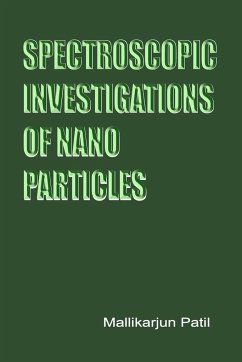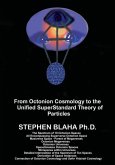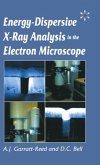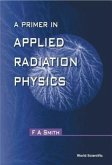Photoluminescence is a phenomenon in which a fluorophore absorbs electromagnetic (EM) radiation of a particular energy and re-emit light (photon) of a lower energy. Photoluminescence process is achieved through excitation of fluorophore via. Mechanical, physical or chemical process. Photoluminescence is divided into fluorescence and phosphorescence. In fluorescence and phosphorescence an electron is excited to an orbit of higher energy and then de-excited to a lower energy orbit by the emission of a photon. In both the cases, the process of emission of photons is different. In fluorescence, emission of photons happens due to deactivation of electron from the lowest vibrational level of first excited state to ground state. The order of the time of absorption is enormously short in < 10-15sec and order of 10-8 sec for fluorescence. Deactivation of electron from triplet state results phosphorescence. The order of timescale of phosphorescence varies from 10-4s up to even a few seconds. Most of the molecules will de-excite to the lower energy state within a short period of time, but few of them remain in the excited state for a long period and de-excite later. Such a substance is called 'glow in the material'. In order to begin fluorescence process, molecules must absorb sufficient energy from EM radiation. If the absorbed energy of light is higher or equal to energy difference between two electronic states it pushes the valence electrons from ground state to higher electronic state. Thus it puts the fluorophore in a higher electronic state.







